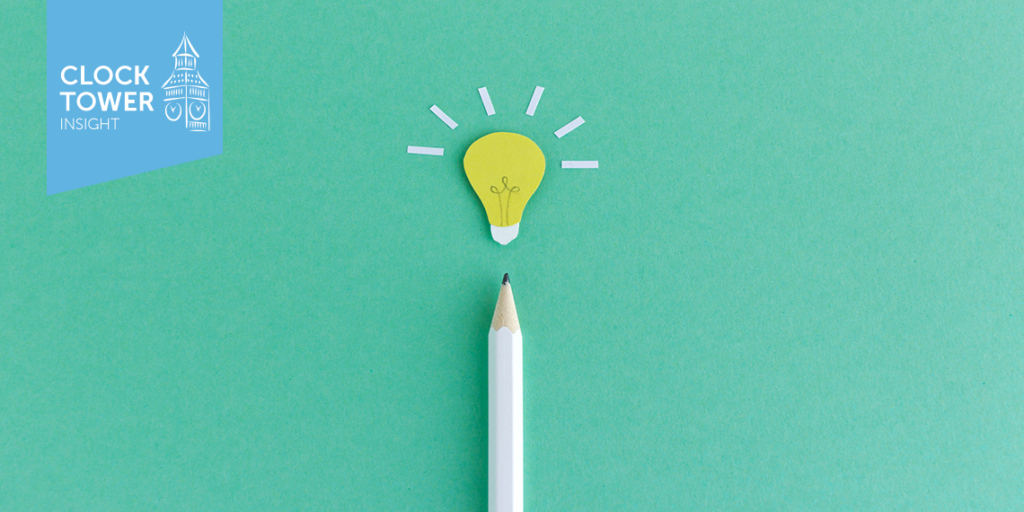Graphic design is one of the most mercurial mainstream industries. Standards and expectations shift on a dime, and the ripple effect of trends can be felt almost immediately. To marketing professionals, these concepts might sound pretty familiar. Branding efforts are often subject to the whims of a fickle public and/or even more fickle shareholders. So when it comes to the latest trends in graphic design and branding, there is no question that making changes is a double-edged sword.
Today, we will define both graphic design and branding, review some time-tested graphic design wisdom, discuss some of the latest graphic design trends, and end by exploring why chasing the “next big thing” can be harmful in the long run.
What is Graphic Design and Branding?
Graphic design can be defined as: “a combination of images and text used to communicate information and messages to an audience.” The elements of graphic design can be used to formulate materials including brand logos, packaging, website, billboards, print ads, newspapers, and much more. The article you are reading right now was designed by a graphic designer to be easy-to-read, appealing to the eye, and consistent with brand message. This goes to show that graphic design is everywhere in our daily lives.
Branding is when a product and/or service is assigned to a particular brand. Let’s consider the example of a t-shirt. Nearly all t-shirts share key characteristics when it comes to function, style, appearance, and so forth. One t-shirt might have a Nike swoosh on the front, while another might say “GAP” in bold letters. The exact same product now carries distinct branding and might appeal to vastly different consumer bases.
Traditional Wisdom for Graphic Design
Every industry has its own unique set of rules and pieces of traditional wisdom. Blockbuster screenplays should be three acts. Never overcook a steak. And for the love of God, don’t use comic sans in your graphic design. For such a fluid business, graphic design is positively stuffed with these rules, including:
- Keeping contents in balance
- Rules about alignments
- Which colors go together
- Visual hierarchy
- How to use repetition
- Negative space and contrast
- Much more
Of course, most of these rules exist for a reason. Black and brown look terrible together. A misaligned blog post will be hard to read. Using too many fonts can be confusing. Yet rules are made to be broken. The key to success as a graphic designer and as a branding professional is to know the difference between worthwhile standards and those which rely on an unfounded appeal to tradition.
The Latest Graphic Design Trends
A preemptive apology if by the time you are reading this a few days, weeks, or months from now, these trends are already ancient history. Such is the world of graphic design. With this in mind, here are some graphic design trends for 2020:
- Color gradients: in a crowded digital space, making graphics stand out remains a challenge. Gradients allow for richer texture and depths, which draws the attention of the eye.
- Simple fonts: mixing simplicity and boldness is a balancing act. Heavy, bold, simple fonts are a great choice to create stark contrasts and clear messaging.
- Neutral and muted colors: a great example of the ebbs and flows of graphic design is how we swing back and forth from muted colors to bright colors. Bright, bold colors have dominated, which means muted colors are slated to take over.
- Animations: last but not least, animations and interactive content are more prevalent than ever.
Graphic Design and Branding Pitfalls
As we discussed in the introduction, it can be tempting to take a leap of faith for the latest branding and/or graphic design trends. As industry pros, we are always looking for a leg up on the competition. Why not try to catch lightning in a bottle and be the first to try a bold new strategy?
Perhaps the biggest reason to be cautiously optimistic about new graphic design and brand strategies is to remember a simple rule: never abandon your core brand message. This is to say, even if a new graphic design idea appeals to you as a designer, it might not be a good fit for your brand. Brand alignment should always be at the heart of any design/brand decisions. Brands must grow, evolve, and adapt to changing markets and customer expectations. Just remember that growth should not leave your brand identity on the backburner!
Clock Tower Insight Offers Cutting Edge Brand Strategy
Clock Tower Insight is proud to work with a wide range of B2C and B2B industries, including retail, CPG, food service, and advertising organizations. We believe in using powerful, cutting edge research to offer brand-specific insights. With this insight, we work with brands to turn the data into actionable information, and eventually into business growth. Our services include brand positioning, customer experience management, and much more.
Learn more about how Clock Tower Insight can help your business today.

